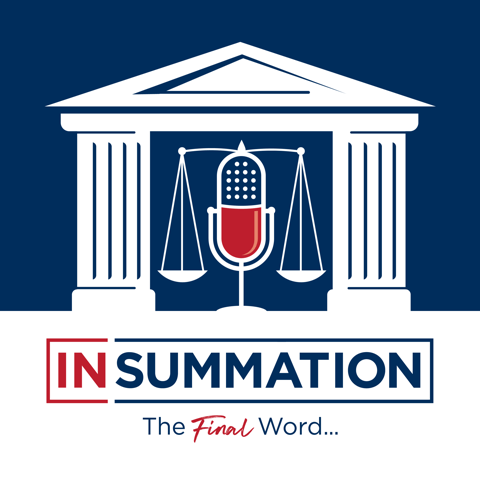In the wake of the highly public Derek Chauvin trial, people seem to be curious about the guilty verdicts of both murder and manslaughter. How are they different and when is it appropriate to charge one, the other, or both? Having discussed murder in several previous cases, we focus on manslaughter in this episode.
Shortly after 4:45 pm on March 25, 1911, a fire ignited on the 8th floor of the Asch Building in downtown New York City. The 8th, 9th and 10th floors belonged to the Triangle Shirtwaist Factory, owned by Max Blanck and Isaac Harris.
The fire claimed the lives of 146 people in the approximately 18 minutes of the blaze, and the fire marshal's investigation revealed that the door to the stairwell on the 9th floor was locked from the outside. The fire escape collapsed and the elevator stopped working trapping the workers inside as the fire crept towards them.
Harris and Blanck were charged with manslaughter in one of the largest profile cases for unintentionally causing death in the nation's history.
In this episode, Paul breaks down the different types of manslaughter charges, and how they differ from murder. He also explains the different types of sentencing that can be imposed and how double jeopardy works. Please enjoy, and if you like the show, subscribe!
